US GDP grew 2.9% annualized in Q4, slightly above expectation of 2.8%. The increase in real GDP reflected increases in private inventory investment, consumer spending, federal government spending, state and local government spending, and nonresidential fixed investment that were partly offset by decreases in residential fixed investment and exports. Imports, which are a subtraction in the calculation of GDP, decreased.
For 2022, GDP grew 2.1%, compared with an increase of 5.9% in 2021. The increase in real GDP in 2022 primarily reflected increases in consumer spending, exports, private inventory investment, and nonresidential fixed investment that were partly offset by decreases in residential fixed investment and federal government spending. Imports increased.




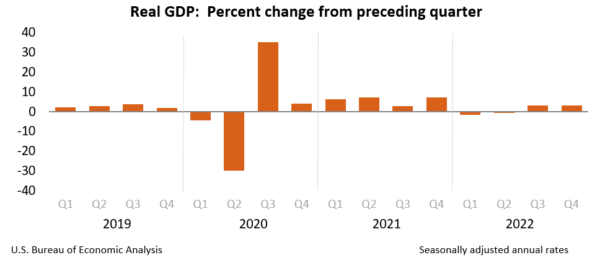
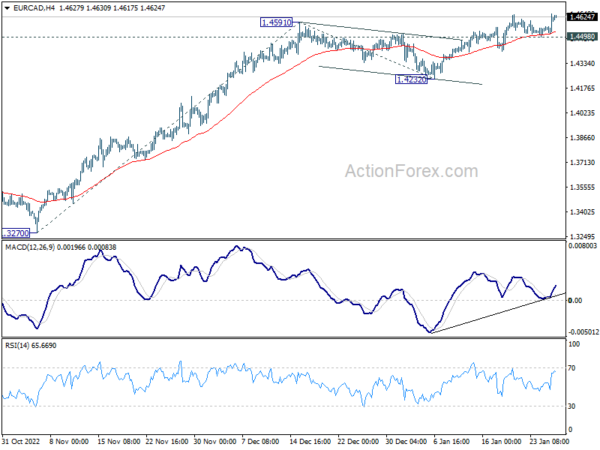

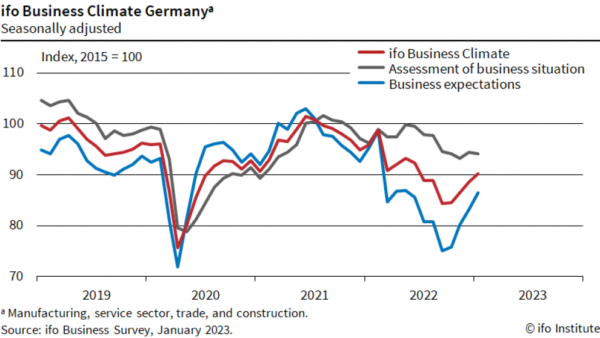
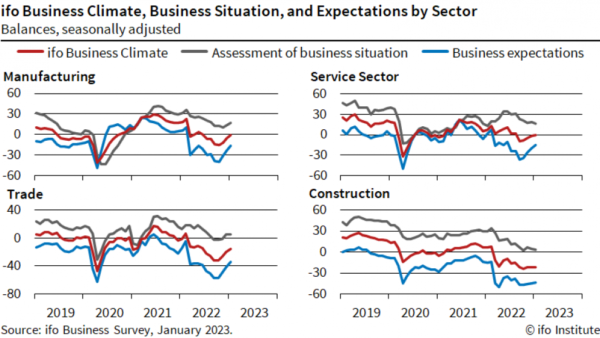
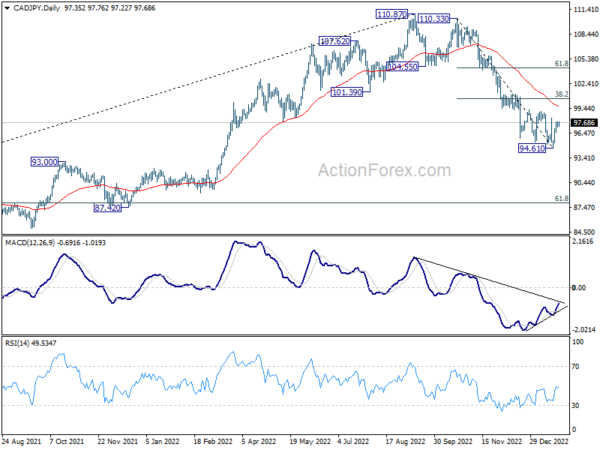
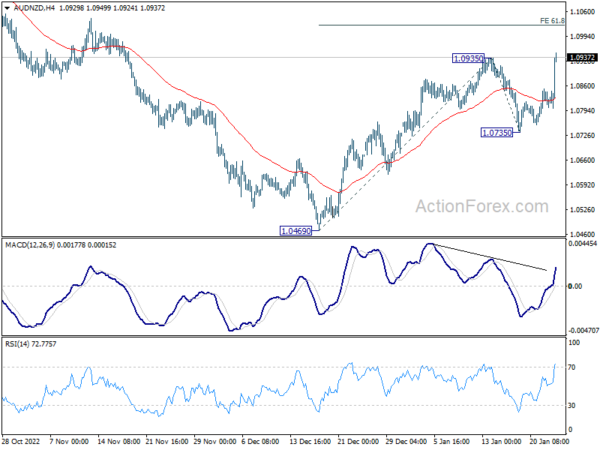
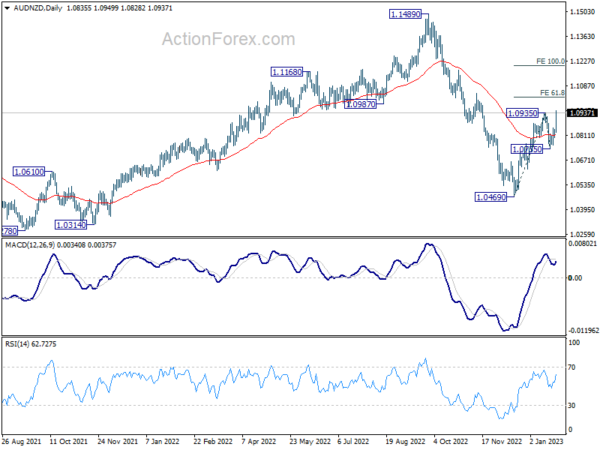
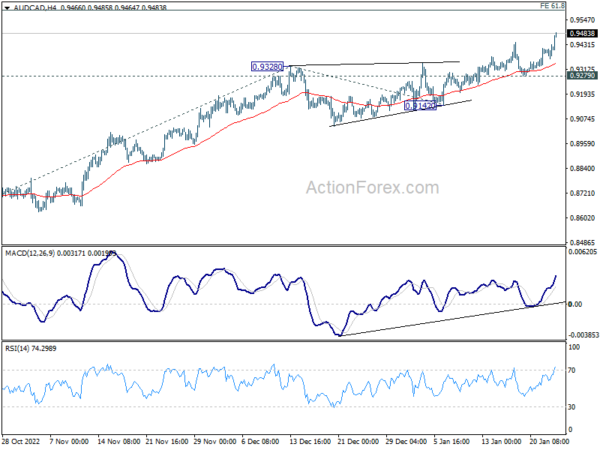
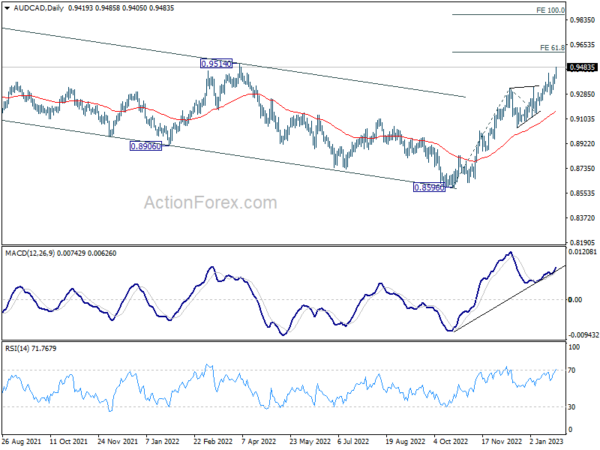
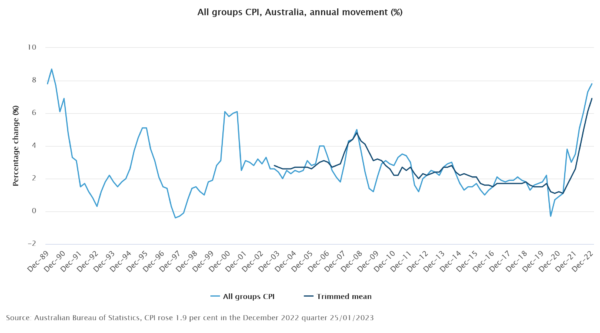
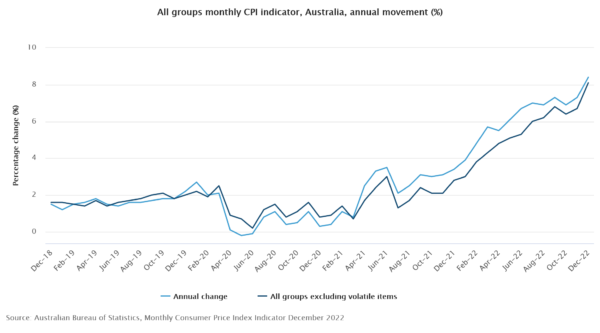
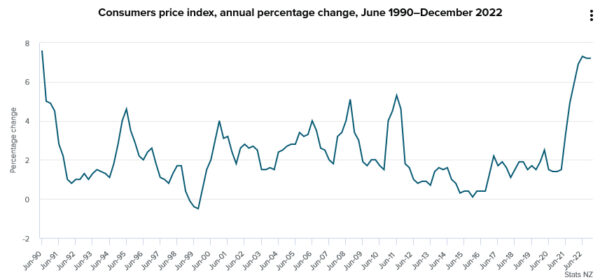
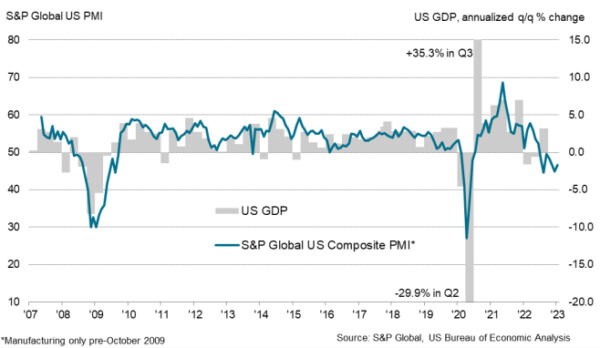
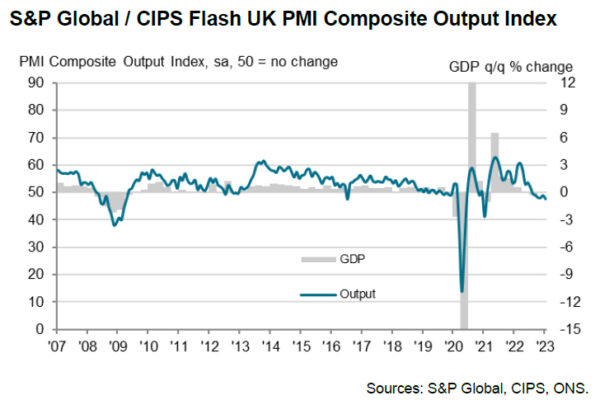
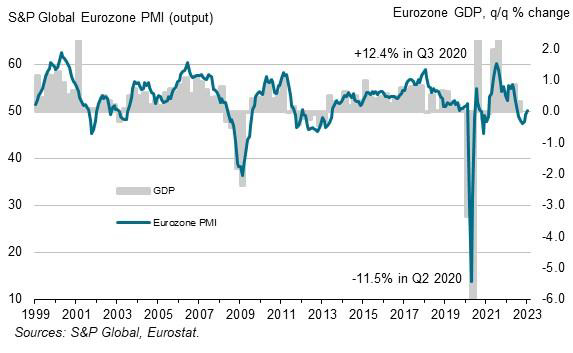

US goods trade deficit widened to USD -90.3B in Dec
US exports of goods dropped -1.6% mom to USD 166.8B in December. Imports of goods rose 1.9% mom to USD 257.1B. Goods trade deficit rose 8.8% mom to USD -90.3B, versus expectation of USD -88.8B.
Wholesale inventories rose 0.1% mom to USD 934.1B. Retail inventories rose 0.5% mom to USD 742.2B.
Full release here.